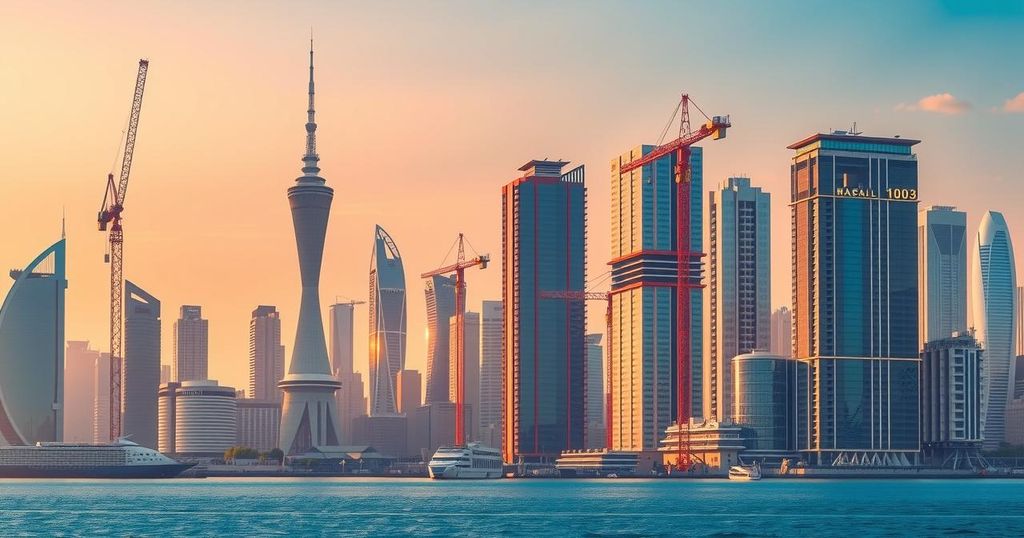The Rising Appeal of the UAE Property Market for Foreign Institutional Investors

The UAE property market has shifted to attract foreign institutional investors, evolving into a stable, income-generating opportunity. The market is characterized by growing economic clout, institutional-grade assets, and robust governance, leading to increased interest from international investors. Challenges exist, but the overall outlook remains positive with projected growth and dynamic investment opportunities.
For many years, foreign institutional investors overlooked the UAE real estate market, categorizing it as uncertain and primarily catering to elite luxury buyers. However, this perception has shifted significantly. The UAE has transformed into a technologically adept market with a stable, income-generating real estate sector attractive to institutional investors from Europe, the US, and Asia, including major pension funds. Notably, 90% of investors in luxury real estate funds are institutional, with 80% being international investors.
In a changing global context, institutional investors seek markets characterized by economic and political stability, reliable governance, and robust growth prospects. Risk-return profiles are essential, as demonstrated by comparative analysis with the US market, where risks are more easily identified due to its financial structuring. The UAE presents a contrasting environment with floating interest rates on loans and differing financial regulations, requiring astute asset management for successful investment.
Despite the appeal, challenges remain for institutional investors in the UAE, including macroeconomic risks influenced by global tensions, climate change, and societal inequalities, which threaten stability. Permission complexities and rising construction costs further complicate investment landscapes, resulting in potentially extended project timelines. However, disciplined asset management can aid in securing substantial returns despite these challenges.
The UAE real estate market offers opportunities such as a robust legal framework upheld by the Dubai International Financial Centre and the Abu Dhabi Global Market, ensuring reliable governance. Institutional investors value the established protections for off-plan buyers, which bolster confidence in the market. Additionally, more diversified exit options for real estate portfolios enhance investment attractiveness.
Demand in the UAE’s residential market is projected to reach $390 billion in 2024, with expected price increases of approximately 19% for apartments and 23% for villas. The market is experiencing heightened secondary transaction activity and off-plan sales. Continued market development is anticipated, albeit at a slower pace due to previous demand pressures.
Three primary trends drive the UAE real estate market’s growth: its enhanced global economic influence, maturation into a sophisticated asset class, and the commitment to stability amid worldwide uncertainties. The UAE has joined the Brics+ group, signaling its strategic economic alliances and diversification efforts. Additionally, the real estate sector is evolving with improved product quality, attracting institutions focused on enduring, high-yield assets, which are increasingly valued for their sustainability and design quality.
Moreover, while inflation and monetary tightening have diminished returns in Western markets, the UAE’s stable economy remains appealing to wealthy individuals and professionals. The combination of stability, dynamic growth, and favorable investment climates positions the UAE as a leading destination for institutional investors and sets a model for emerging markets globally.
In summary, the UAE real estate market has transitioned from being perceived as speculative to a credible asset class attracting foreign institutional investors. Various factors, including economic stability, improved governance, and ongoing demand, are reinforcing this shift. Furthermore, the UAE’s evolving landscape of developments and institutional-grade assets creates unprecedented opportunities while also presenting challenges in market dynamics. Overall, it offers long-term value for investors, showcasing a promising path for similar markets to follow in the future.
Original Source: www.thenationalnews.com








